Unleash your website’s potential with continuous compliance
Learn how to comply at any scale with Meraki.
Compliance types and requirements
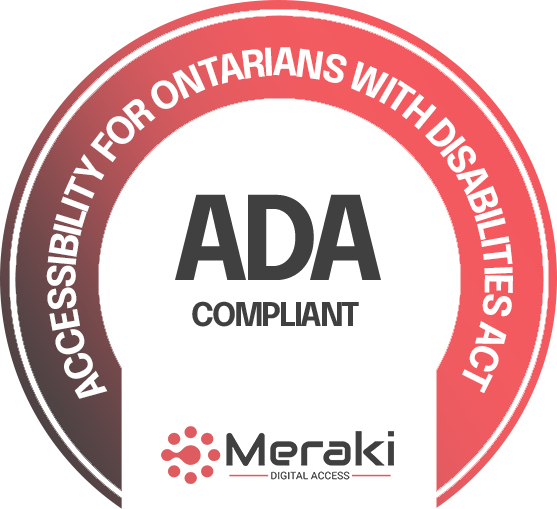
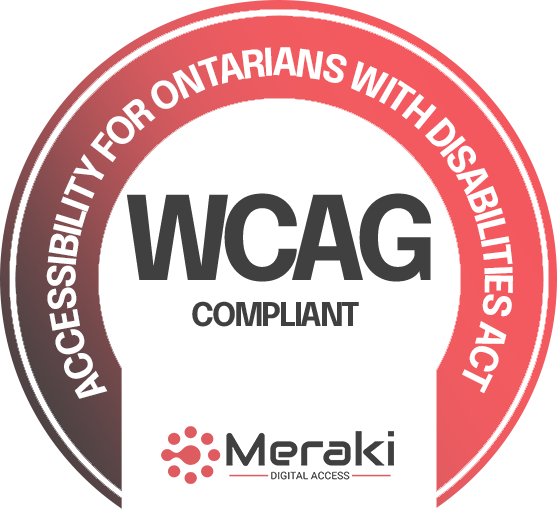
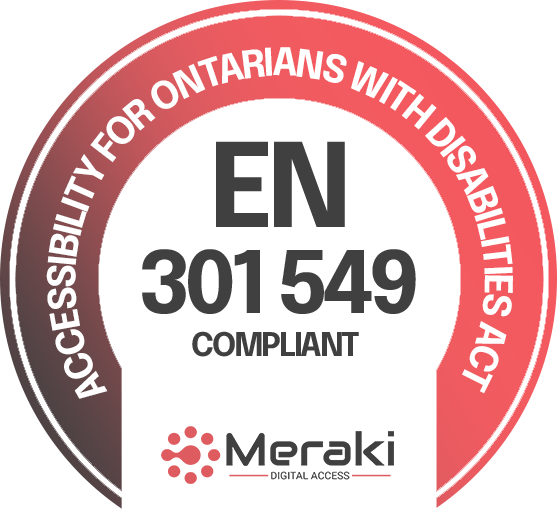
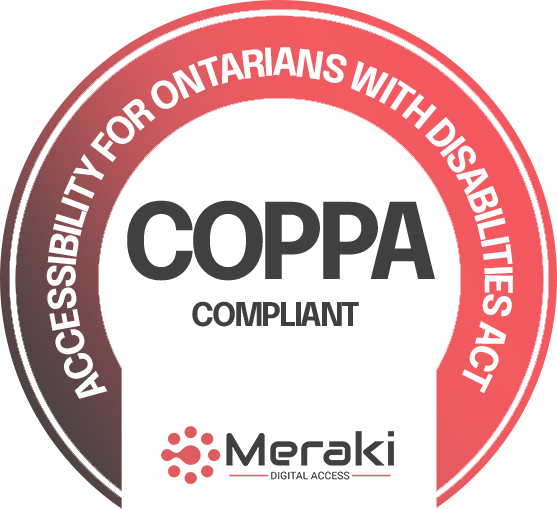
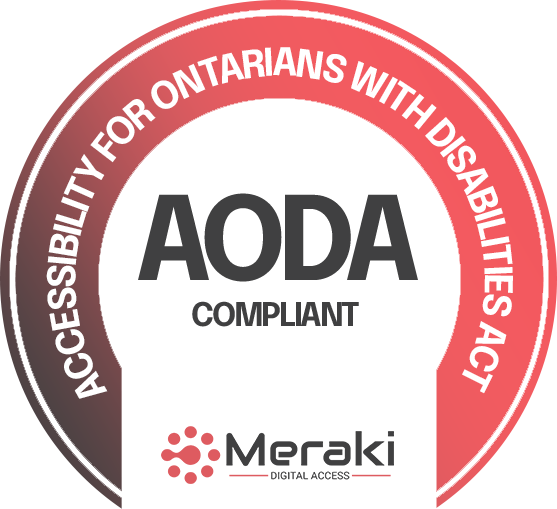
Achieve ADA & WCAG 2.1 AA Compliance with Meraki Digital Access’s Comprehensive Solutions
What Does it Mean to be Web Compliant?
What Standards Apply?
Why Comply?
People with disabilities deserve the same level of access to the internet, just as they deserve barrier-free access to curbs, buildings, and other physical infrastructure. Complying with accessibility guidelines helps remove barriers for everyone, creating a better user-experience.
What Makes a Website Compliant?
Start by thinking about how website obstacles can disrupt, or even make the UX experience impossible for people with disabilities. For example, does your site content support screen readers? Do your images have alt text? These are just a few crucial considerations.
The Meraki Digital Access solution can scan your website for violations and immediately fix them. Any step towards better compliance is an excellent step forward, and Meraki Digital Access can ensure you get there.
We Believe in Privacy by Design
How We Simplify Compliance
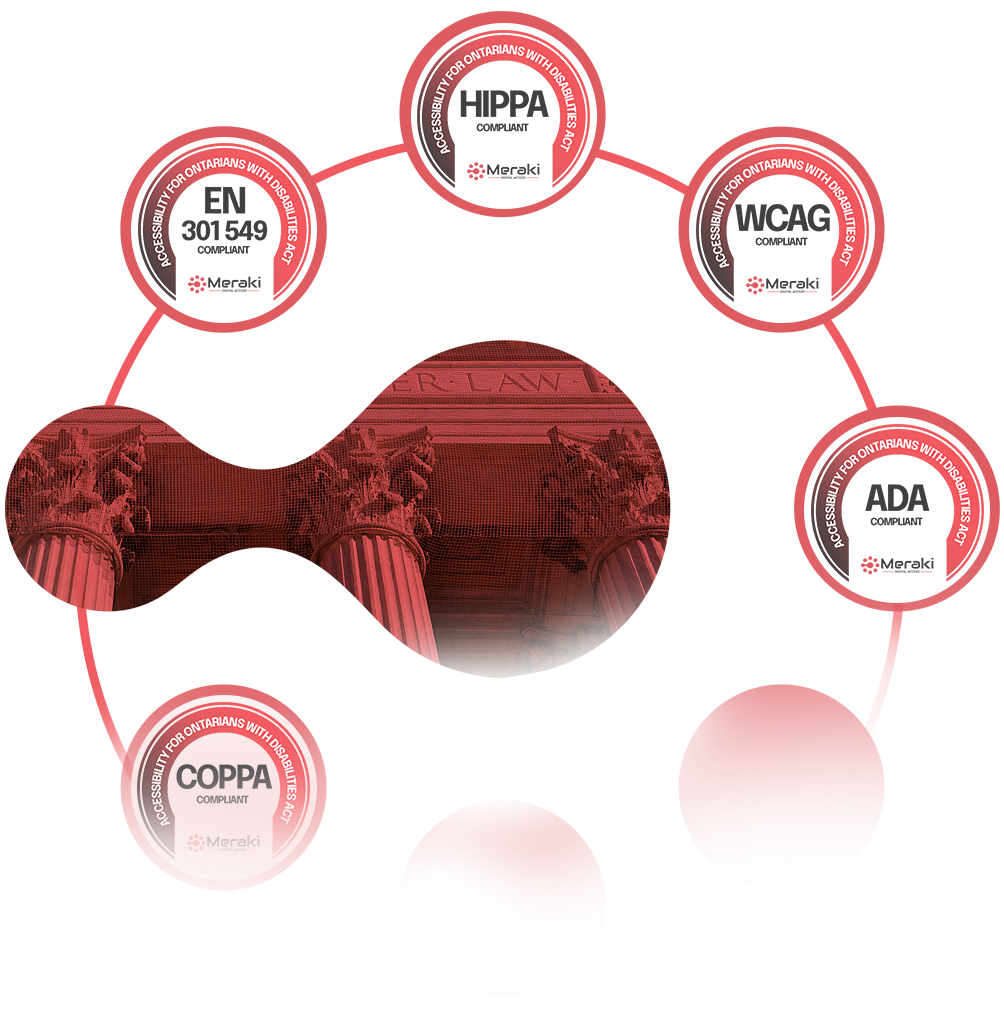
The Principles
of Web Compliance
The Four Principles of Accessibility
The regulatory environment for digital accessibility is full of intertwined and sometimes ambiguous laws. But it comes down to the widely accepted and basic principles of POUR, an acronym that stands for: Perceivable, Operable, Understandable, and Robust.
Perceivable
Your content must be visible and comprehensible
Operable
Your UI must be operable and disruption-free
Understandable
Your text and images must be legible to all users
Robust
Your content must support assistive technologies

Count on Meraki Digital Access to Solve Your Compliance Needs
Meraki Digital Access’s full range of AI assistive tech tools helps make the Internet more accessible for everyone, including people with disabilities, the largest global minority group.
